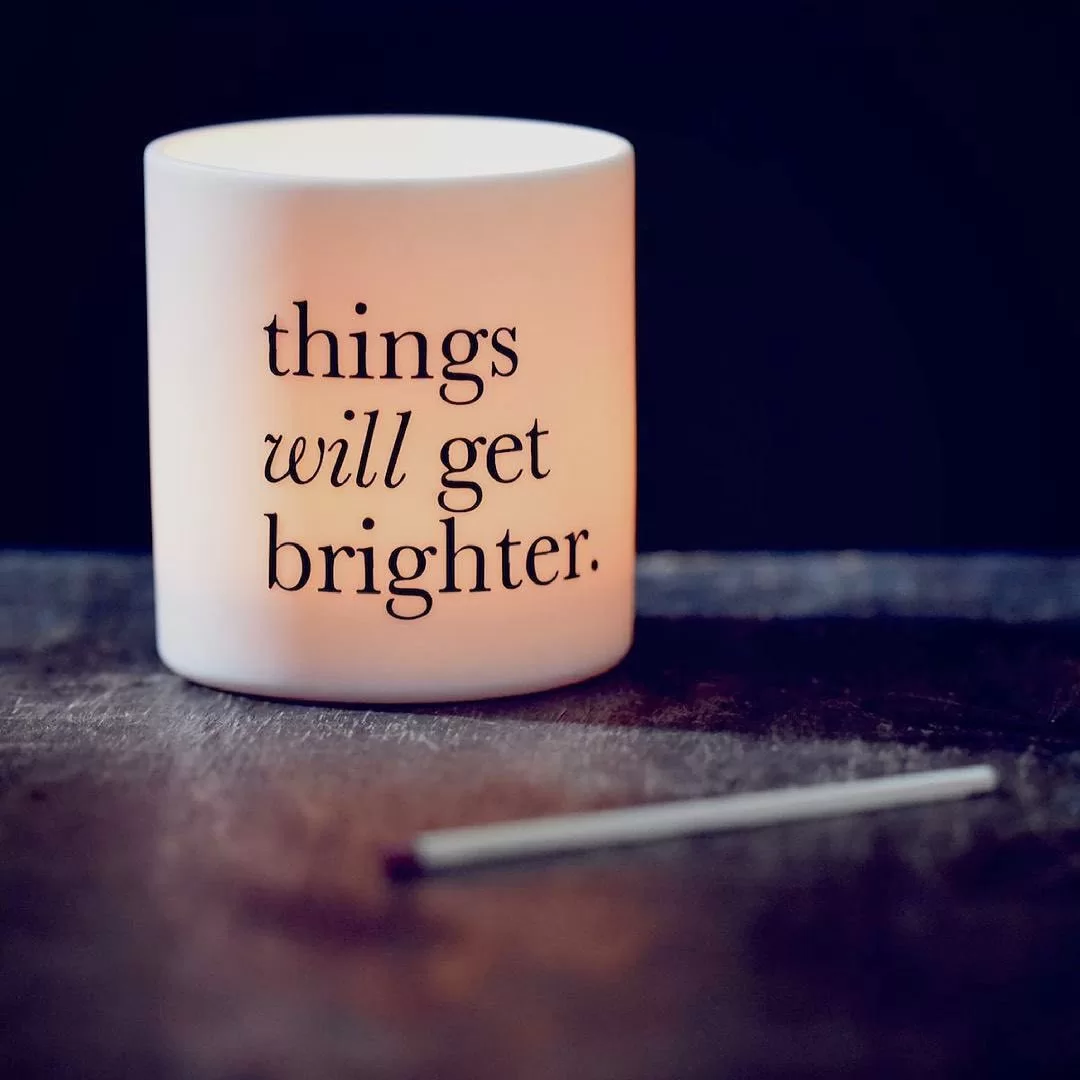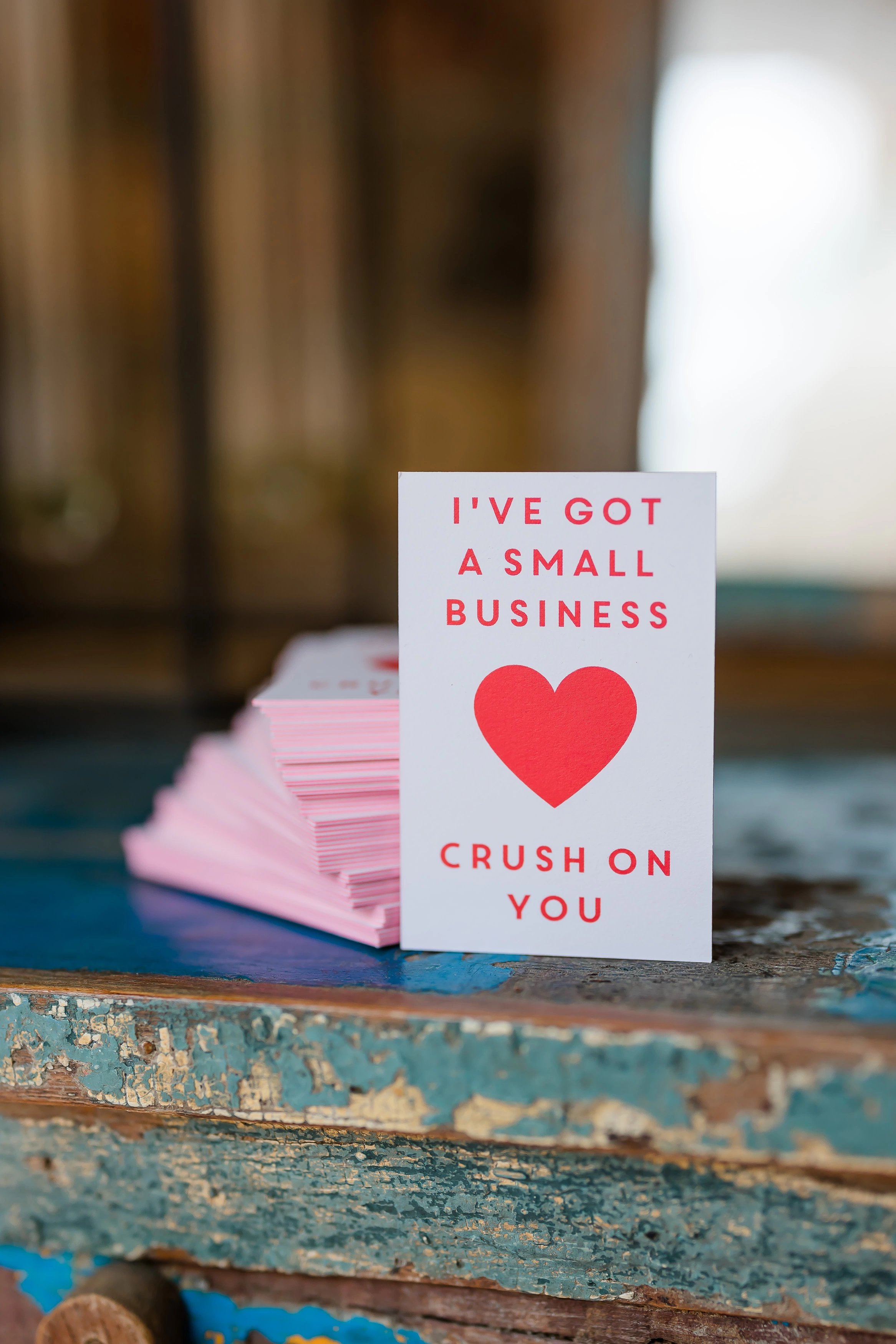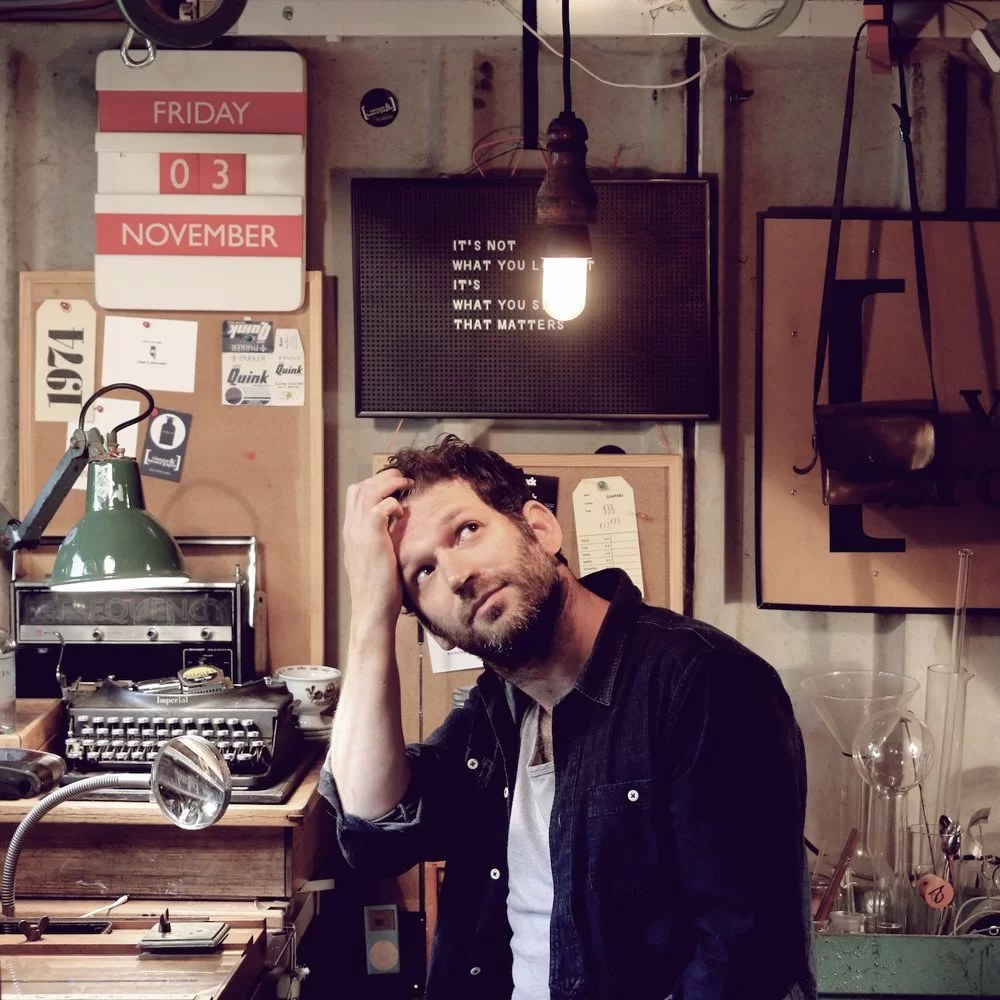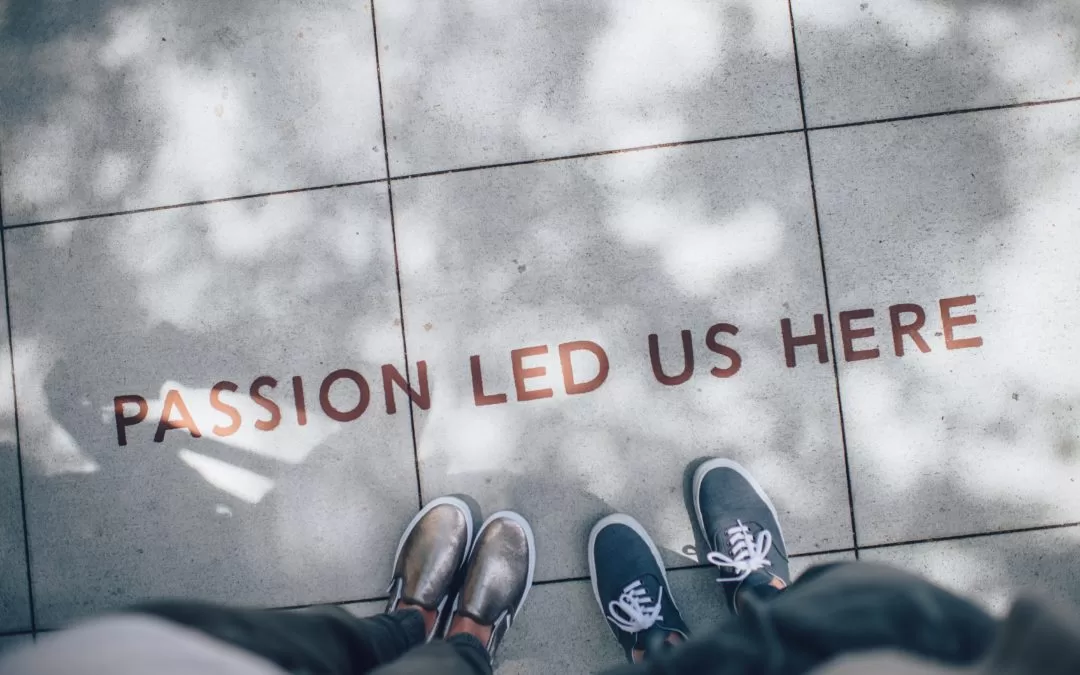
How to collaborate with other businesses
UPDATED 9TH SEPTEMBER 2023
Brand collaborations, product collaborations or business collaborations — whatever you want to call them, it can be an exhilarating way to reach new customers, generate interest and create something new. But how do you do it well? Read on…

What is a brand collaboration?
Collaboration is all about a meeting of minds when two businesses come together to create something new for their customers. It’s that special synergy with another maker or brand that produces something special — a product or service — which is greater than the sum of its parts, and both businesses aim to benefit from the partnership.
How to create a successful brand collaboration?
You need to be open-minded and honest. Feeling confident about a collaboration requires trust not just in your chosen collaborator, but also in yourself and your brand. It’s important to know who you are and to be grounded in a strong sense of what your brand stands for before melding your creativity with another.
That’s not to say you have to be wary, but the best collaborations come from two really strong brands combining to make something truly unique that wouldn’t otherwise exist without input from both sides — and that customers really want. Think of it as a project that you wouldn’t be able to manage on your own, but which also couldn’t become a reality without you.
How do you find brands to collaborate with?
You won’t need to read our article How to combat loneliness when running a business if you find someone to collaborate with because you'll likely be enjoying a whole new brain to bounce ideas off. But who might you look for?
- You could collaborate with a brand that creates products in the same sector or category as you, but who offers something different.
- You could choose someone that creates something with a similar aesthetic to yours but in a different way.
- You might look for a brand that offers a product you could decorate / add your style to or vice versa.
- Or it could be a brand that has a totally different look and feel to yours but somehow, coming together to create something new just completely works.
Either way, a well-placed collaboration with someone who you have a creative spark with can take both your brand and theirs to another level. If you have someone in mind, you could reach out to the founder directly to see if they’re interested or see if there’s anyone up for it in the Holly & Co Facebook community — just make sure you have your ducks in a row first and outline the benefits clearly.
How do you know if you’re ready to collaborate?
You are aware of the elements that make up your brand and you can identify another brand which would be the yin to your yang, the perfect synergy. “Sometimes I liken it to therapy,” says Holly (our founder at Holly & Co). “Knowing your business’s heartbeat, its values, passions and dislikes — the invisible bits. This requires having a healthy sense of ego, of knowing what you’re good at and recognised for, but also a boldness, especially if you’re working on a collaboration that feels surprising. These unexpectedly good collaborations require boldness because others may not be convinced by how it looks on paper, but you’ll know in your gut that it’s right by how exciting it feels to launch it into the world.
Think of the new eyes you’ll have on your Instagram or visits to your website. A collaboration should help connect you with a completely new audience that you wouldn’t ordinarily reach.
The advantages of collaboration in business: how might a collaboration benefit your business?
The main benefits of collaboration are that you:
- Receive increased brand recognition: You’ll get more visibility for your brand than if you were doing a regular solo launch (though rest assured that you’re unlikely to lose your brand value by doing a collaboration).
- Reach new audiences: Think of the new eyes you’ll have on your Instagram or visits to your website. A collaboration should help connect you with a completely new audience that you wouldn’t ordinarily reach.
- Share knowledge and creativity: Particularly if you work alone, a collaboration can be a really nice way of building relationships with other people.
- Split the cost: You’ll be sharing resources and marketing costs so you won’t be footing the bill alone, which in theory, means you have double the money to spend depending on your agreement.
Disadvantages of business collaborations
It’s important to bear in mind though that mismatches can happen and these are emotionally draining, and of course, can be financially draining too. Hopefully, if you know your ‘business heart’ you can avoid this but if it feels too early in your brand’s development to collaborate, listen to that feeling.
Business collaboration agreements: how to make a contract for your brand partnership
When you’re ready to collaborate, it’s worth having a written agreement with your collaborator. Some key points you may like to note include:
- Include the mutual benefits: What are you both hoping to achieve from your collaboration?
- Your commitment to open communication: How often will you meet to discuss the project before it launches and while it’s running?
- Your financial commitments: Who is covering what? From materials to mailing costs, outline spend and how and when it will be compensated.
- Outline clear role definitions: Who’s going to manage the project? Will decisions be joint? Is one person making while the other is working on social media coverage?
- Agree timings: When does the collaboration officially end? Do you need to agree a period of time between then and a new collaboration?
- Agree ownership of the product: Is it 50-50? Or is someone taking on more of the ownership simply due to the nature of the design? What if a major store wanted to stock it?
It might sound excessive, especially if you’re working with someone who feels like a friend, but having these things in writing means you both then have something tangible to refer back to if disagreements arise.

I remember sending a photo to Gabi (a co-founder of Holly & Co) to show that we’d just done it, and I was like, ‘I don’t care if no-one buys it, I just really like it.’’ and that’s exciting.

What is an example of collaboration in business? Meet Andy Poplar and Jack Laverick
An example of a collaboration done well is between Andy Poplar of Vinegar & Brown Paper and Jack Laverick of Jack Laverick Ceramics. Andy’s thoughtful words (‘Do not let yourself burn out’) printed onto Jack’s delicate porcelain tealight holders was a winning combination that led to a sell-out product. So what does Andy feel makes for a great collaboration?
How do you know if a brand or product collaboration is working?
Andy said, “I think for a collaboration to kind of sing, you both need to bring something to it that’s yours. I had pieces of Jack’s work, so I knew how the light flickered when you lit the candle, and that simplicity of shape is something that I’ve always liked, that iconic look of his work. It’s not until you have that thing, which you can claim as your own and then bring it to somebody else, that you can see how they bounce off each other.”
Jack agrees though adds, “If it was something that I felt wasn’t really right for me, I would probably go down the route of doing wholesale, where I would put someone else’s design on my work — their brand essentially.” Which is a key point. Andy also feels that when you’re working on a truly creative collaboration, it’s more for the joy of it. “I remember sending a photo to Gabi (a co-founder of Holly & Co) to show that we’d just done it, and I was like, ‘I don’t care if no-one buys it, I just really like it.’’ and that’s exciting.”
The joy of a great collaboration
The great thing is that when you come from a place of creating something simply because you love it, the chances are that other people will too, and you’ll have a sell-out just as Jack and Andy did. When collaborations go this well, it can be addictive, but it’s good to limit them to maybe one or two a year and always return to your core products. Jack said, “If you say yes to every collaboration, you’re just diluting your own brand and that’s no good in the long-term. Be specific about what you’re taking on. How does it fit with what you do? Are you both getting something out of it?” he adds, “It should be an exciting prospect for everyone involved — for me, the other person and for customers. So you can put it on social media and you can put that X sign between the two brand names and you get a buzz.”
Wise words indeed — and inspiring words. If you’ve been wondering about whether to do a collaboration or this article has got you thinking…
- Who would be your dream collaborators?
- Who do you think your customers might like to see you collaborate with?
- Perhaps there’s a collaborator waiting for you in the Holly & Co community?
We’re always excited to hear about the meeting of creative minds so send us your press releases or tag us on social media to share the collaboration love.
If you say yes to every collaboration, you’re just diluting your own brand and that’s no good in the long-term. Be specific about what you’re taking on. How does it fit with what you do? Are you both getting something out of it?
How to collaborate: key takeaways…
1. Think about who you might want to collaborate with and why:
Who would your dream collaborators be and how can you both benefit?
2. When you collaborate, draw up a contract:
It’s important to agree who’s doing what and outline clear expectations.
3. Make sure you both bring something unique to the party:
Only collaborate with brands you love and do it for the joy of it. The more customers feel that passion, the more attractive it will be.
4. Choose the right partnerships and don’t collaborate too often:
Once or twice a year is probably often enough or you can risk diluting your brand.

Images: 'Things Will Get Brighter' Candle — by Vinegar & Brown Paper, 'Never Just Churn Things Out' Etched Milk Churner — by Vinegar & Brown Paper, Andy Poplar of Vinegar & Brown Paper.
Related content
MORE ARTICLES BY EMOTION

Should couples work together? The reality of working with your partner

The golden age of redundancy: is redundancy a blessing in disguise?

Knowing when to give up in business (don’t do it before reading this!)


